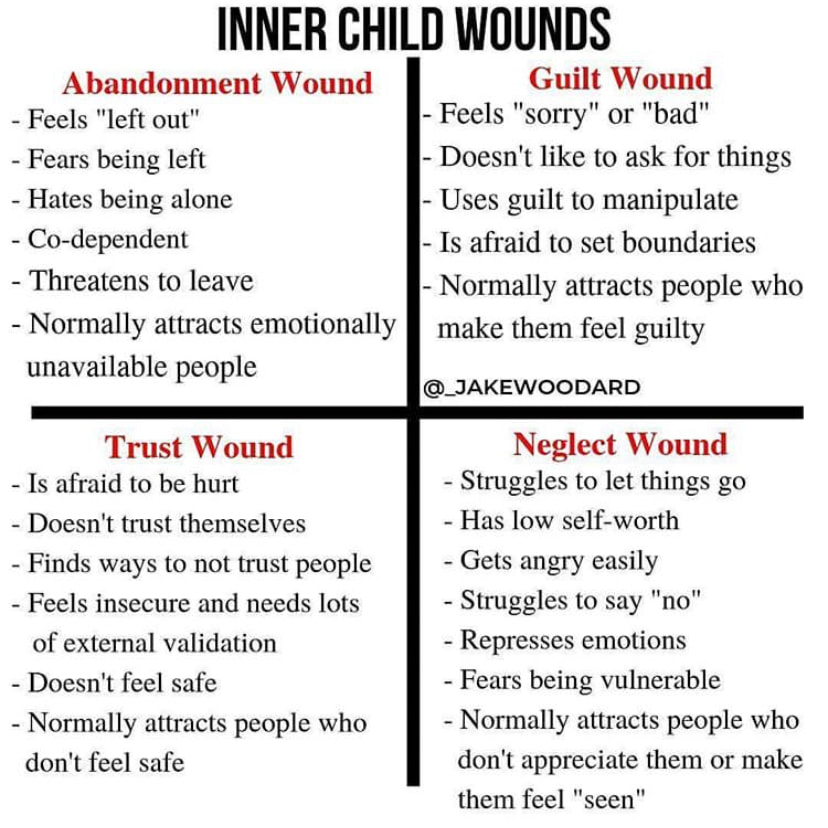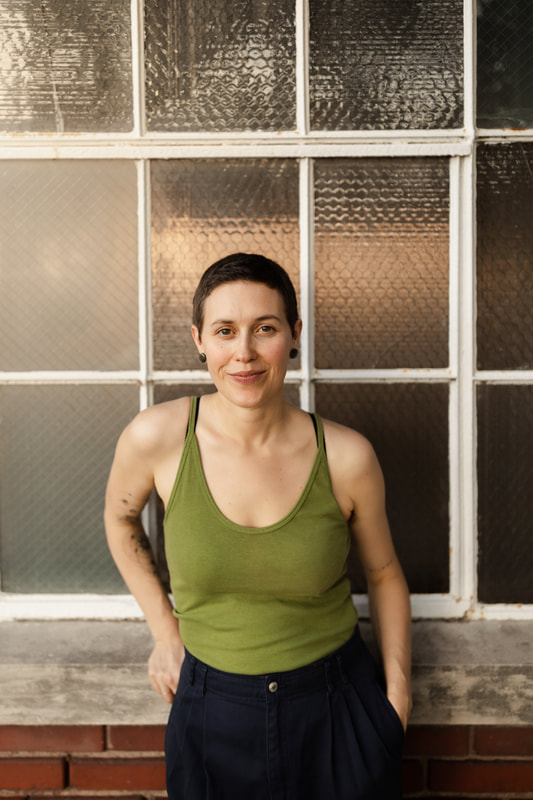The Role of Self-Awareness in Healing the Inner Child
The very first step to healing anything is awareness. So believe it or not, just reading about inner child healing and other self-help concepts online, and having light bulb moments about what you resonate with, is an important and impactful step toward healing inner child wounds.
The Re-Parenting Process in Four Parts
 Photo by Duncan Shaffer on Unsplash | Mindfulness meditation practices are very helpful in deepening our levels of self-awareness. Mindfulness means “awareness of the present moment with acceptance.” When we meditate we're essentially training ourselves to become aware of our internal experience (thoughts, emotions, bodily sensations) without reacting to it. We are cultivating intimate knowledge of how our internal world works. Deepening our awareness is a process. One that deepens over time with conscious effort and practice at being mindful. For ideas for how to begin practicing self-awareness, click here. |
Along with deepening our self-awareness, we need to become the benevolent parent that we never had. As adults it is our responsibility to heal ourselves and to parent ourselves. It is no longer the responsibility of others to do this for us. A big part of the re-parenting process is grieving the fact that we didn't get the parenting we needed as a child. Make space for the valid anger and grief you likely feel.
Part 1: Self-Validation
Once we have enough self-awareness to see what our wounds are, whenever we find ourselves triggered, we can start to validate our own pain/emotions/experience. Validating ourselves is crucial, because this is what many of us did not receive as children.
- Validation can look as simple as this: Noticing we are feeling _______, and telling ourselves “I know you are feeling ____ right now, and that makes perfect sense given what you have been through. I will take care of you.” Or, “I know you are feeling ______ right now. It's ok. I'm here with you.” (Yes, you're talking to yourself. Yes, it might feel weird at first—but believe me, it works.)
Replacing negative self-talk and shaming with genuine compassion for ourselves is at the heart of "re-parenting." The practice is intentionally holding space for ourselves and our feelings. Eventually we become the safe, loving attachment figure that we never had.
Part 2: Seek Out Supportive Relationships
Re-parenting is a long process and one that can be helped along tremendously by having safe, loving relationships where we can talk about our process with another person. This can be with a therapist, which is often best because therapists have special training, but healthy, loving adult friendships and/or romantic partnerships can also be very helpful.
These wounds occurred in relationship, so typically—at least in part—the healing also needs to happen within the context of relationship.
Part 3: Basic, Basic, BASIC Self-Care
| Inner child healing cannot happen without a strong, consistent self-care game. Self-care can feel confusing, like where do I even start? You start with the basics. Think of your body as a baby or a small child. What would a baby need? You body (and your inner child) need to understand and trust that you are going to show up to take care of them with consistency. Consistency is how trust is built. |  Photo by Seth Doyle on Unsplash |
Part 4: Boundaries
Boundary work is another essential part of healing inner child wounds. Boundaries are a form of self-care and are about self-protection. Our inner child needs to feel safe. They need to trust that we will show up to take care of them and protect them from harm.
When working with boundaries, again, awareness is the first step. Becoming aware of our own unique boundary system—how we set, or fail to set, personal boundaries in relationships with family, friends, partners, etc. is the starting point. Then we can look at what is working for us and what isn't. We can decide what changes we need to make in order to advocate for ourselves, and our inner child, appropriately. Learn more by reading about the three qualities of healthy boundaries.
Interested in reading more about healing your inner child wounds? Learn more here.
Meet the Author
| Would you like to turn your attention inward and deepen your self-compassion? Maggie is a therapist based out of Lawrence, Kansas who specializes in therapy for highly sensitive adults, therapy for self-esteem, therapy for anxiety, and therapy for childhood trauma. Maggie is passionate about helping people overcome shame and the fear of being their true selves. Breaking the cycles of people-pleasing and self-abandonment is possible; you don't have to suffer alone. Maggie offers online therapy throughout the state of Kansas. Reach out today to schedule your free 15 minute phone consultation! |
Other Services Offered by Maggie
In addition to providing online therapy anywhere in Kansas, Maggie is also a professional astrologer, and offers Birth Chart Readings anywhere in the United States, as well as abroad.
Astrology is a powerful tool for gaining self-awareness, finding meaning in and understanding of our difficult experiences, and for receiving validation regarding our own unique life path. All of which supports our mental health in a positive way!
Interested in getting a Natal Chart Reading? Book a free phone consultation and let’s get started!



 RSS Feed
RSS Feed
